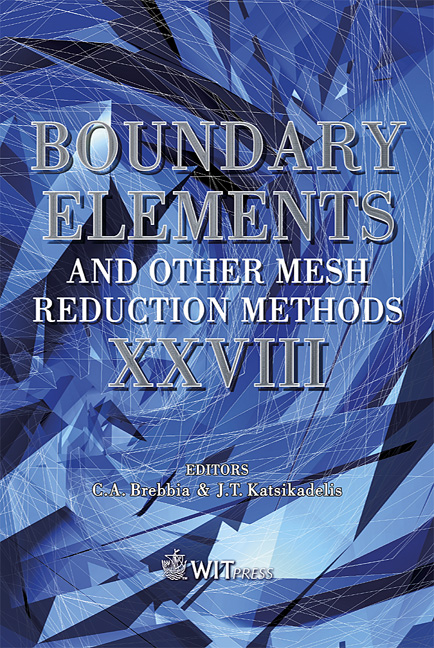Numerical Simulation Of A 3D Virtual Cathode Oscillator
Price
Free (open access)
Transaction
Volume
42
Pages
10
Published
2006
Size
607 kb
Paper DOI
10.2495/BEM060201
Copyright
WIT Press
Author(s)
F. Assous
Abstract
The design of microwave devices requires the interaction of electromagnetic fields to be simulated with charged particle flow with high accuracy. The methods involved have to be, in particular, well adapted to the geometrical complexity of real devices, especially to take into account the 3-D effects.We have investigated a numerical method for solving the 3-D time dependent Vlasov-Maxwell equations in the relativistic case, on unstructured meshes.We present some numerical results obtained by simulating a three-dimensional virtual cathode system, and compare the resulting high power microwave radiation with a theoretical estimation. Keywords: computer simulation, finite element, particle method; vircator. 1 Introduction The numerical modelling in plasma physics as well as in microwave devices or accelerator technology, requires in some cases a full three-dimensional code for the resolution of the Vlasov-Maxwell equations, handling the time domain and well adapted to arbitrary complex geometries. The Vlasov problem consists in determining the charged particle distribution function in the six-dimensional phase space (x, p), where x denotes the particle position, and p the momentum. This is achieved by a particle method. For computing the solution of Maxwell’s equations, the first and probably most popular method was introduced by Yee [1], and is straightforward to implement in simple cases. However, despite its efficiency, as soon as the domain geometry becomes too complex, we have to use the flexibility of unstructured meshes to approximate complex geometries and to achieve local refinements.
Keywords
computer simulation, finite element, particle method; vircator.





